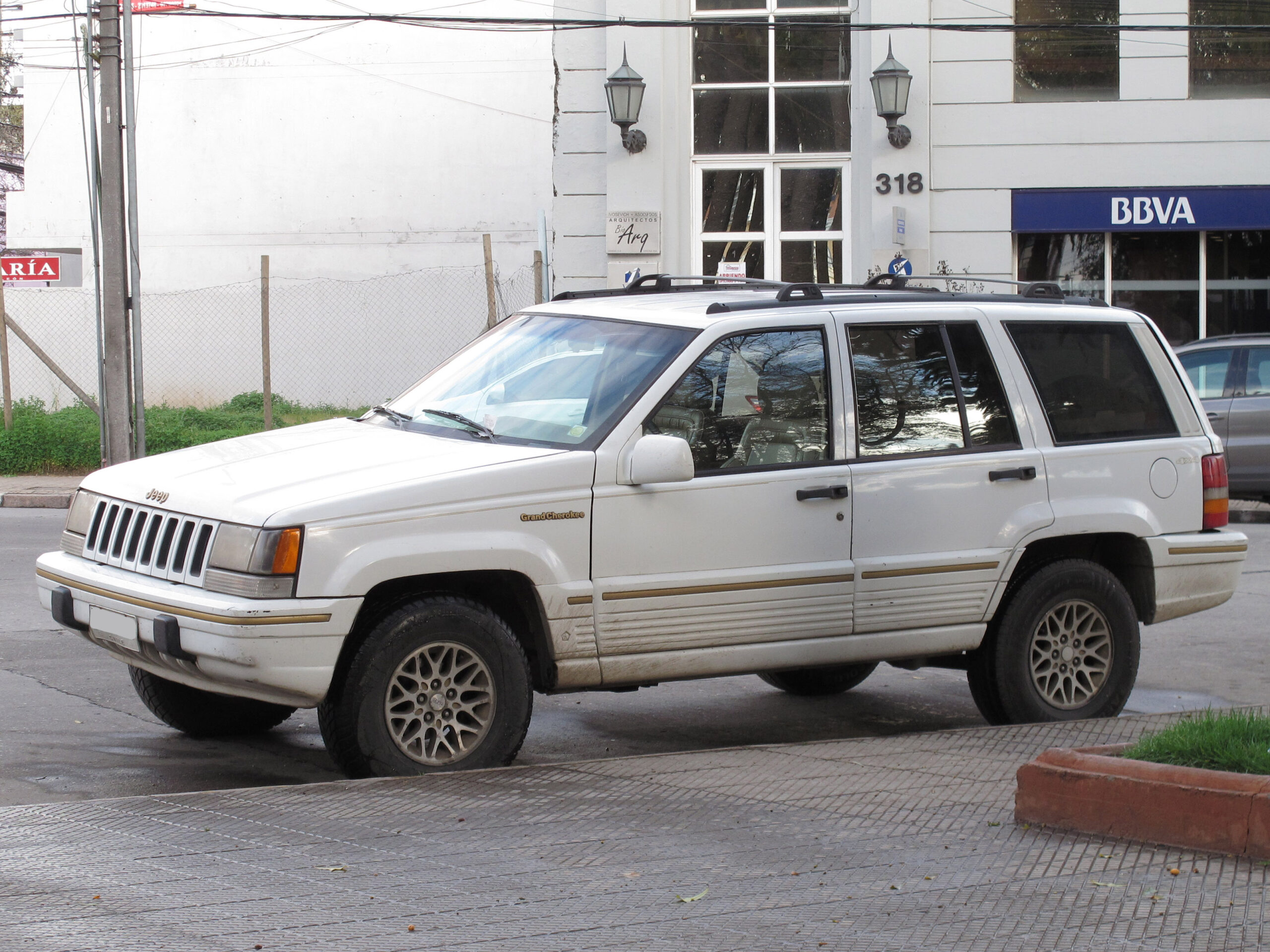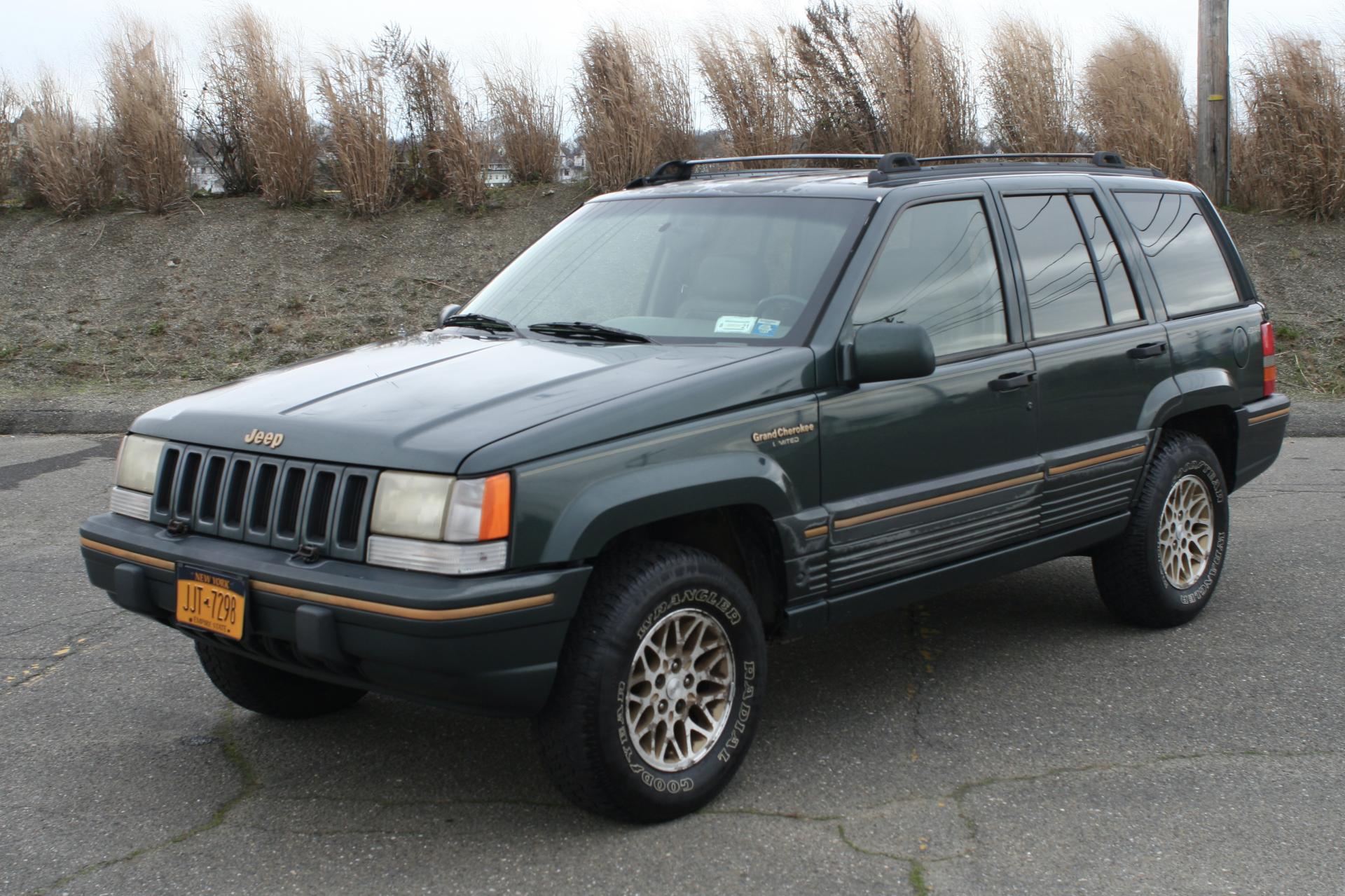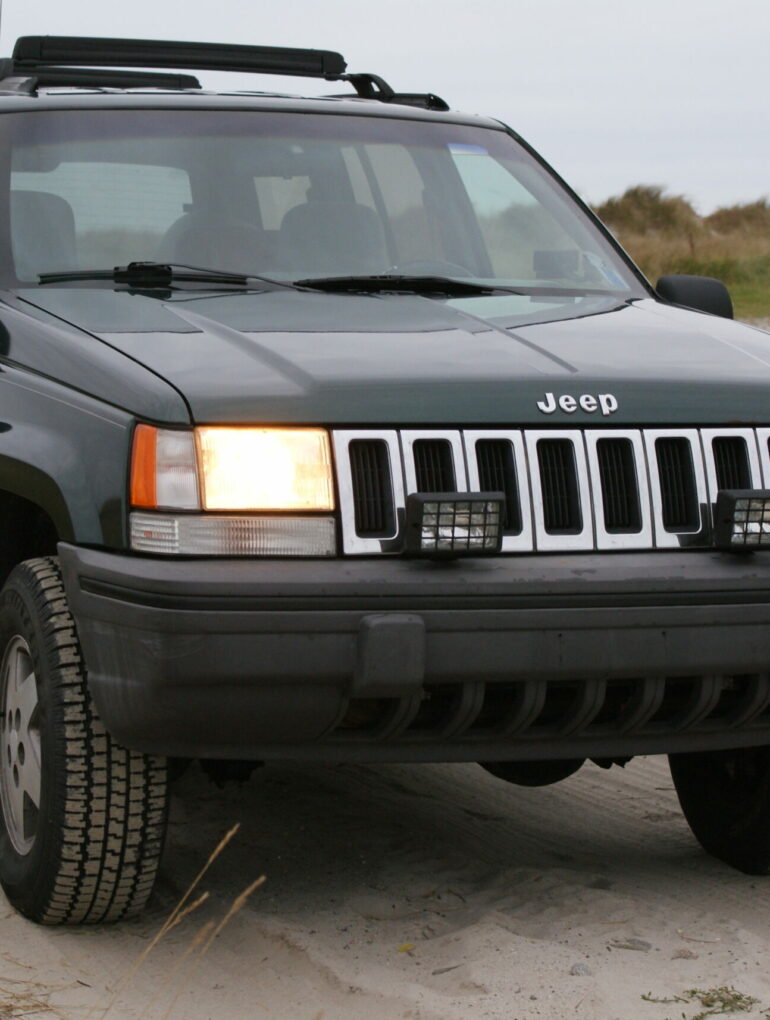By 1994, the Jeep Grand Cherokee was in its sophomore year of production and had begun to amass quite the following among consumers. In many ways, this rise to prominence was quite predictable. Though Jeep had long since catered to the off-road and utilitarian market, the company’s presence within the luxury sector had been nearly non-existent, until the Grand Cherokee’s 1992 debut.
The Grand Cherokee, which was originally intended to replace the aging XJ Cherokee, made its initial debut at the 1992 Detroit Auto Show, before entering full-scale production just months later. With XJ Cherokee sales remaining steady, the top brass at Chrysler decided to market both models of their famed wagon, simultaneously. This decision proved invaluable, as both the base Cherokee and Grand Cherokee posted staggering sales figures for the better part of the decade to come.
Refining Earlier Success
The Grand Cherokee was hardly the first Jeep wagon to receive a substantial amount of fanfare. In fact, America’s fascination with Jeep wagons dates back to the early 1960s, at which time, the Jeep Wagoneer made its debut. The Wagoneer drew quite the response from consumers, who praised Jeep’s new 4X4 wagon for its luxurious amenities, which included sedan-style seating and flowing trim-work.
Then, in 1984, the Wagoneer was rebranded the Grand Wagoneer, as Jeep began production of two new models, both of which were of a wagon format. The first of which, was a downscaled version of the Grand Wagoneer, which retained the “Wagoneer” namesake. The latter was a utilitarian-style wagon, which came to be known as the Jeep Cherokee. Both models would continue to be marketed in parallel to one another until the Wagoneer was eventually discontinued in 1991.
With the Wagoneer off the table, Jeep had officially exited the luxury wagon market, leaving the XJ Cherokee as the only descendent of such earlier efforts. However, the rapid development of the new SUV (Sports Utility Vehicle) market necessitated further refinement of Jeep’s aging product line. From this perceived need, came the Jeep Grand Cherokee, which was first marketed during the 1993 model year. Though the model’s success was largely instantaneous, further refinement of Jeep’s new wagon came in 1994.
A Wagon Like None Other

Several notable changes took place during the Grand Cherokee’s second year of production. Though Jeep had begun offering a Grand Wagoneer trim package during the latter days of 1993 production, this option was pulled from the table in 1994. However, the package’s larger 5.2-liter V8 remained available. This engine produced 220-horsepower, thereby besting the output of the Grand Cherokee’s base powerplant, the 190 horsepower 4.0-liter straight-six.
While the Grand Cherokee’s new V8 gained modest popularity, the 4.0-liter straight-six still accounted for the vast majority of sales. By this time, the straight-six had already gained a reputation of dependability, having directly descended from the same basic design as earlier inline Jeep engines of the AMC era.
By 1994, the Grand Cherokee’s prior Aisin AW4 four-speed automatic transmission had been replaced by a Chrysler-derived 42RE automatic. Also available, was a 5-speed manual transmission, which would be discontinued due to limited demand, prior to the 1995 model year.
The 1994 Jeep Grand Cherokee was available with both Selec-Trac and Quadra-Trac four-wheel-drive systems. The Quadra-Trac system utilized by early Grand Cherokees was actually a re-engineered version of the company’s earlier 4WD systems of the same namesake. In this application, the Quadra-Trac system utilized an NP249 transfer case and viscous coupler, which allowed for full-time four-wheel-drive assistance.
In order to handle the rigors of off-road use, the Grand Cherokee was outfitted with Jeep’s Quadra-Link suspension system, which included upper and lower control arms, at each wheel end location. This served to stabilize longitudinal movement and rotation, while a track bar was employed to control lateral axle movement. The Grand Cherokee’s front and rear axles also featured both coil springs and gas-charged shock absorbers, at each end.
For the 1994 model year, the Grand Cherokee’s base trim package received the “SE” designation, while the “Laredo” trim package was temporarily shelved. Additional changes for the 1994 model year included the introduction of four-wheel disc brakes as standard equipment within the Limited trim package and the implementation of premium audio across all trims.
Setting The Standard
By all accounts, the 1994 model year proved to be quite the success for Chrysler, and its newly released Jeep Grand Cherokee. When all was settled, a total of 238,390 Grand Cherokees were sold during the calendar year. Additionally, the Grand Cherokee proved to be a formidable entry into the industry’s rapidly developing SUV market. Though the continued existence of the Jeep wagon seemed in question just a few years prior, the Grand Cherokee’s immediate success served as a source of inspiration for future Jeep design and development.

1994 Jeep Grand Cherokee Specifications
| Engine | SE: 4.0L Inline 6 cylinder
5.2L V8- Auto Transmission only |
| Horsepower | 190 horsepower |
| Torque | 225 lb-ft torque |
| 0-60 MPH | 10.0 sec |
| Quarter Mile Time | 17.4 sec |
| Weight | 3,674 lbs |
| Base Price | $21,256 SE
$22,196 SE 4WD $29,743 Limited 4WD |
| Production Numbers | 238,390 |
Available Exterior Colors
The 1994 Jeep Grand Cherokee was available in Black, Light Driftwood Sand, Poppy Red, Dark Quartz Gray, Hunter Green Metallic, Blue Jewel Metallic, Wildberry Metallic, Teal, and Bright White.
Available Interior Colors
The 1994 Jeep Grand Cherokee interior was available in Light Gray, Dark Gray, Light Driftwood, Black, Red, Driftwood, Beige, and Beige/MossGreen.

1994 Jeep Grand Cherokee Video
We found a great video about the ’94 Jeep Grand Cherokee.

